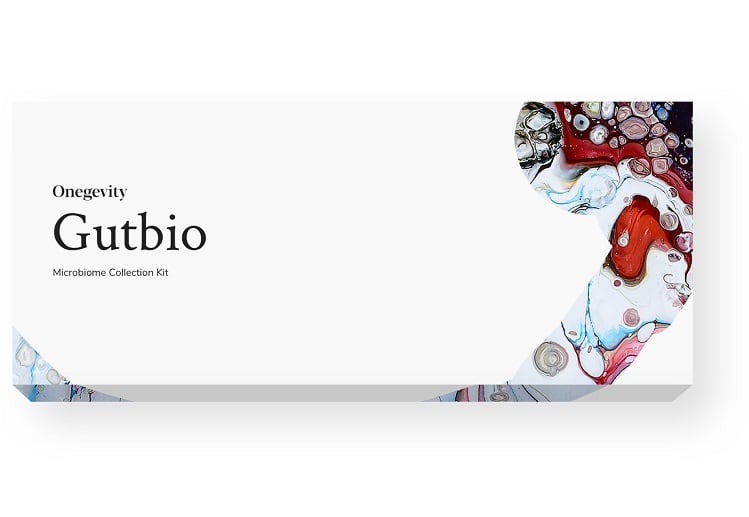Engineers from the Massachusetts Institute of Technology have developed a hydrogel-based pill that acts like a blowfish—it rapidly swells from tablet size into the size of a soft, squishy ping-pong ball when it reaches the stomach.
According to the engineers, from a commercial standpoint, this invention can benefit stakeholders in industries such as physiological monitoring and diagnostics, drug companies, and nutrition companies, although they are still at the stage of conducting further studies.
“Existing ingestible devices are commonly made from hard plastics or metals that are orders of magnitude stiffer than the gastrointestinal tract, and most existing GI sensors stay in the GI tract for less than a few days,” Xuanhe Zhao, PhD, an associate professor of mechanical engineering at MIT and co-author of the study, told NutraIngredients-USA.
Moreover, no endoscopy is needed to deliver monitoring devices when using the jelly-like pill. “Our smart pill can be orally administrated as a common pill,” he explained. “It quickly swells in stomach into a soft hydrogel ball with similar rigidity as foods, and can stay in the stomach and measure core-body physiological conditions for up to a month.”
Dr Zhao leads the eponymous Zhao Lab at MIT, which, according to its website, is an interdisciplinary research group with a mission “to advance science and technology on the interfaces between humans and machines for addressing grand societal challenges in health, water, security, and joy of living.”
The first published paper on this device was published yesterday in the journal Nature Communications. In it, the authors demonstrated how the jelly-like pill can be used for long-term in-body physiological monitoring and diagnosis using in vivo tests in pigs, which have stomachs and gastrointestinal tracts very similar to humans.
Implications for the nutrition space
Though the first published paper on the hydrogel pill focused on diagnostics, Dr Zhao said there are potential applications for the nutrition space as well, especially in the burgeoning personalized nutrition space.
“The dietary habit, food and drink intake, can be correlated to the variations in the gastric pH, temperature, pressure, and many other biomarkers,” he said.
“The smart hydrogel pill can wirelessly measure gastric temperature over a long term such as a month. With this data, people may analyze and evaluate their dietary patterns, and even customize healthy meal plans.”

Additionally, there is potential to develop the pill for appetite suppression. “The hydrogel balls can fill the stomach and make people feel full and eat less. This can be a simple yet very impactful application of our technology,” he said.
And with any discussion about the gastrointestinal tract, it is impossible to overlook potential applications in the microbiome space.
“The hydrogel may help deliver probiotics to small intestine by protecting them from the acidic gastric environment. We are actively studying a number of these applications,” Dr Zhao said.
Source: Nature Communications
Published online, https://doi.org/10.1038/s41467-019-08355-2
“Ingestible hydrogel device”
Authors: Xiunyue Liu, et al.




